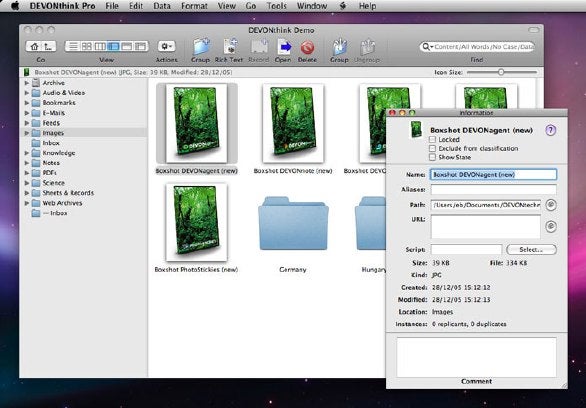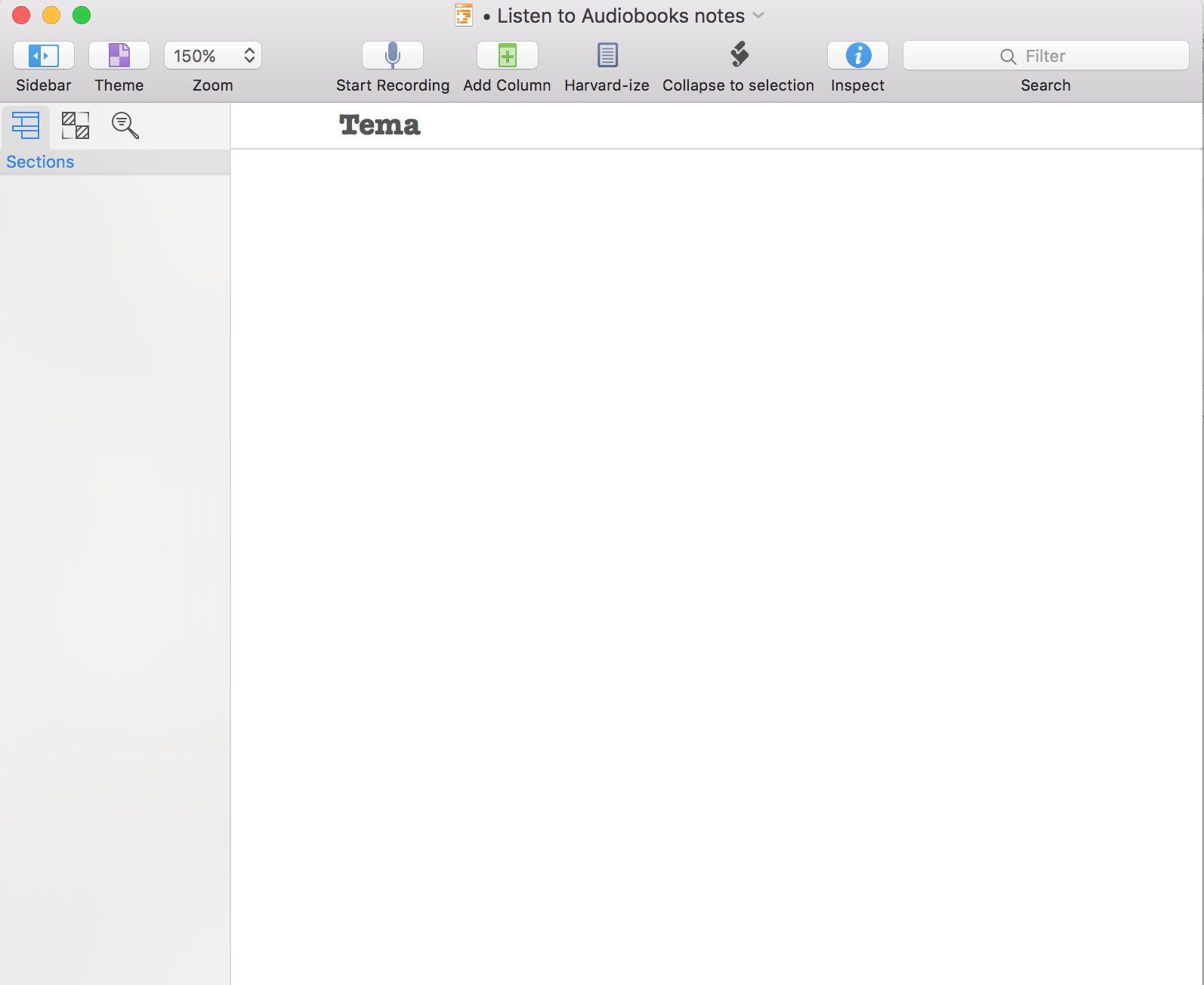

To read more about the method, I recommend the fantastic illustrated essay Zettelkasten - How One German Scholar Was So Freakishly Productive by David B. This essay is not meant to be a deep introduction to the Zettelkasten method, but to show how I implemented it into my daily workflow. I learned that Ryan Holiday and Robert Greene use similar methods for note-taking.

His physical Zettelkasten-a gigantic shelf with 90,000 notes-was an abomination to me as a Minimalist.īut a few weeks ago I found time to read into the links my colleague had sent me about the method. The founder Niklas Luhmann seemed eccentric to me. Because you collected something doesn’t mean you learned it or can explain it.Ī few months ago, a co-worker pointed me to the Zettelkasten Method. But I fell a victim to the Collector’s Fallacy.

I sorted and curated, tagged, and sometimes even highlighted content. Having used Evernote for a decade, I was used to saving everything I wanted to remember into the tool.
#Combine into digest devonthink pro archive#
And saving content into the archive doesn’t either. I can ask Siri or Alexa.īut knowledge-building doesn’t work that way. I don’t need to know this, I can always look it up is a common sentence you hear today. And worse, it produces the Illusion of Competence in a person. This is a grave error because it looks convenient to have all knowledge at the tips of my fingers. Many people avoid taking notes and search for answers on the Internet instead. The Illusion of Competence and the Collector’s Fallacy Repeated reading and connecting ideas is another important part. The best retention comes with writing, reading, and listening combined. Many studies have shown how useful writing notes is. The way we write notes determines how we think and learn.


 0 kommentar(er)
0 kommentar(er)
